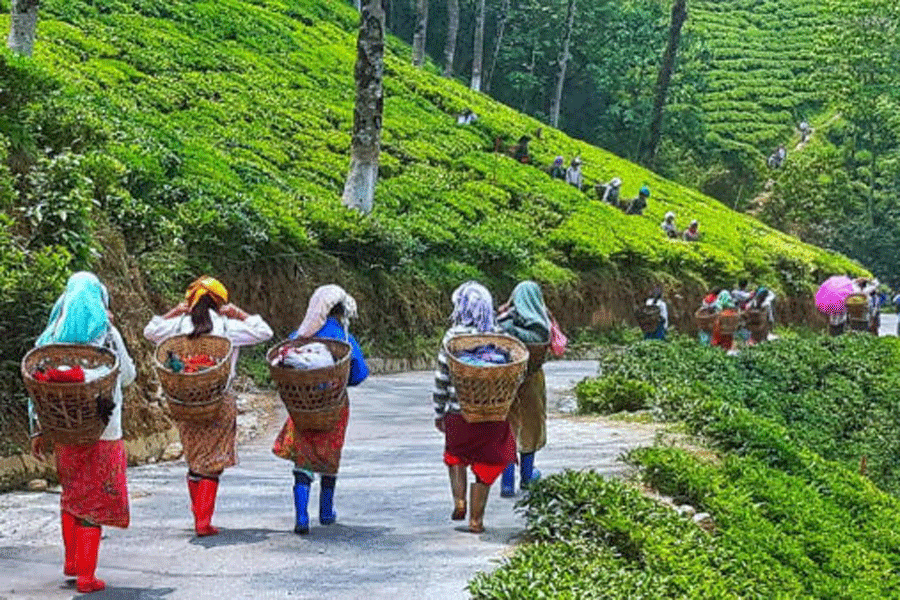The tea industry in the country will report an 8 per cent year-on-year contraction in revenue this fiscal, led by a decline in export volumes. Operating profitability will fall for the second year in a row, shedding 100 basis points (bps) to 5 per cent, due to lower realisation, a Crisil Research report said.
“Domestic demand, which accounts for 82 per cent of sales volume, should remain steady at 1,100 million kg this fiscal. However, exports, which make up 18 per cent by volume and 30 per cent by value, may slide 12 per cent year-on-year to 200 million kg. Last fiscal, the export volume had increased around 14 per cent due to lower production in Sri Lanka, a major tea exporting country,” Nitin Kansal, director, Crisil, said.
Operating profitability will fall for the second year in a row, shedding 100 basis points (bps) to 5 per cent, due to lower realisation. Profitability had fallen 150 bps last fiscal, primarily because of an increase in wages, the report said.
Wages, which constitute 20 per cent of total cost of production, was hiked 15 per cent last fiscal. However, low leverage and negligible capital expenditure (capex) will keep credit profiles stable.
A Crisil Ratings study of 28 rated tea companies, which account for 12 per cent of the Rs 22,000 crore industry revenue, indicates as much.
Argha Chanda, associate director, Crisil Ratings, said: “Low capex intensity and stable working capital cycles will keep borrowings under control. So, the capital structure of tea companies in the Crisil Ratings portfolio would remain stable, with gearing expected below 0.50 times as on March 31, 2024, in line with the historical trend.”










